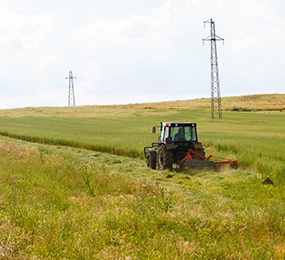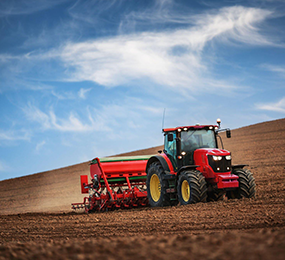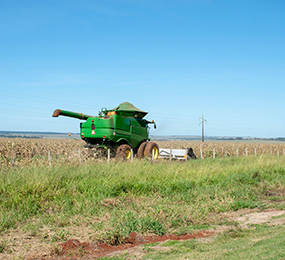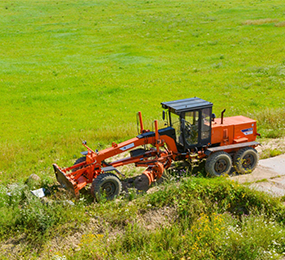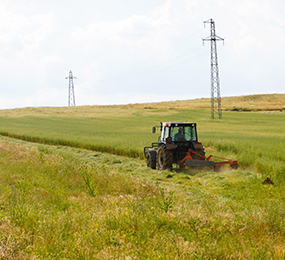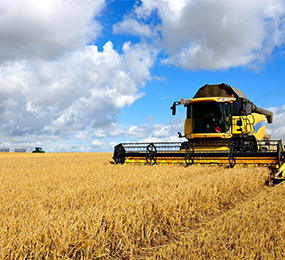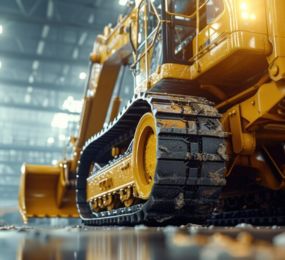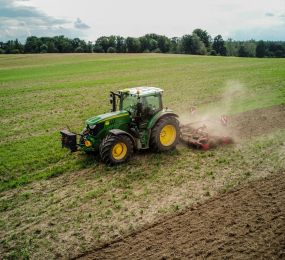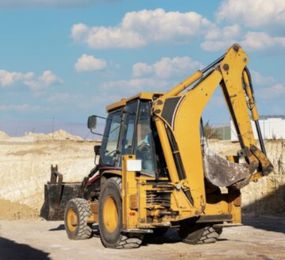Decarbonization Opportunities and Challenges for Non-Road Mobile Machinery
Efficiency may kick-start the decarbonization process.
Medium- and heavy-duty vehicle efficiency requirements are substantially more advanced than light-duty vehicle efficiency criteria. Furthermore, the large diversity of vehicle types and duty cycles makes regulating efficiency more difficult than it is for light duty vehicles. Even in the absence of legislation, economics pushes efficiency gains in road freight transport. Emissions can be reduced by improving system efficiency. Truck operation can also make a difference. Vehicle speeds and weight can be reduced to improve fuel economy. Platooning, or linking the acceleration and braking of two or more vehicles in a convoy using sensors, has the potential to save up to 4% of total fuel use.
Deeper decarbonization necessitates the development of new technology.
Diesel truck technology advancements raise the bar for new decarbonized technologies to meet in order to compete. Because they can recharge regularly at a single place, electrification is an excellent choice for medium- and heavy-duty trucks that operate in confined areas and follow defined routes. Electric heavy-duty vehicles provide additional charging issues. They will take more electricity to charge since they will have significantly greater battery capacity than an electric passenger vehicle. Fast chargers for personal automobiles provide 50 to 150 kW of energy, allowing a vehicle to be fully charged in 30 minutes to two hours, depending on the battery capacity and charging rate.
For massive vehicles, the size shifts dramatically. To charge batteries as big as 1000 kW-hours fast, very high-power flows are required. It might take up to 20 hours for a light car fast charger to charge such a huge battery. Overnight charge durations may be adequate for many local applications, but they pose a significant barrier for long-haul trucks.
Conclusions on freight transportation
The vehicles that follow defined routes for relatively short distances each day, such as buses, delivery trucks, and trash trucks, are the easiest elements of the heavy road transport sector to decarbonize. Alternative vehicles for these uses are in commercial production, and fleet operators are learning how to use them. The challenge is how this experience will translate to heavier vehicles that travel longer distances without convenient access to refueling facilities, such as long-distance freight trucks. Furthermore, short-haul applications such as drayage are now where obsolete trucks go to die. Changing these apps into innovation hotspots would increase expenses for operators and will very certainly need government funding to finance the transition.
Any infrastructure-heavy solution, such as hydrogen-powered cars, rapid chargers along freight routes, or on-route charging, is likely to cause chicken-and-egg difficulties. Policy is required to facilitate the transition to low-carbon heavy trucks, but constructing large-scale infrastructure necessitates the selection of a clear technical winner. Operators are experimenting with alternative energy carriers, such as hydrogen or batteries, and different refueling processes, such as fast-charging or on-route charging, in short-haul applications. However, given the urgency of the climate crisis and the highly ambitious decarbonization targets of certain countries, unambiguous winners may not emerge quickly enough to permit infrastructure buildout. Policy has the capacity to accelerate vehicle adoption and infrastructure development, but at the risk of preventing technological competition from fully unfolding.
Visit our website to know more: https://bit.ly/3UZP3yg
For more information and group participation, contact us: [email protected]
Leadvent Group - Industry Leading Events for Business Leaders!


